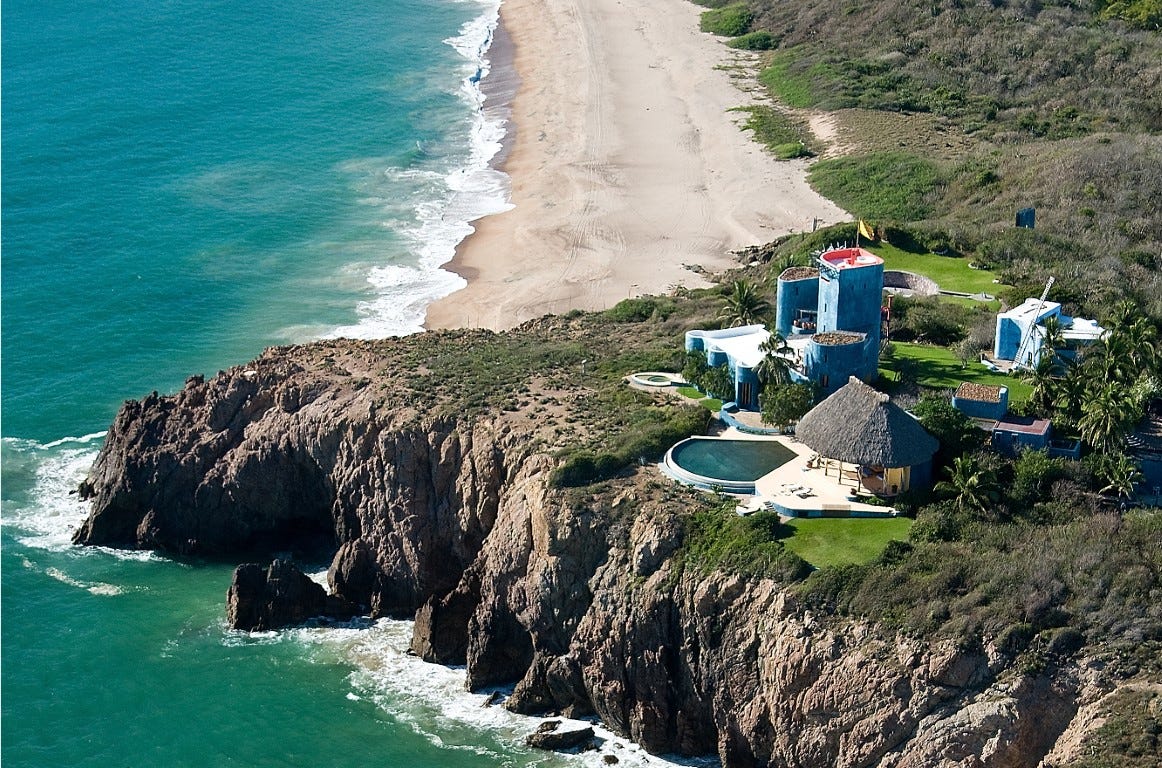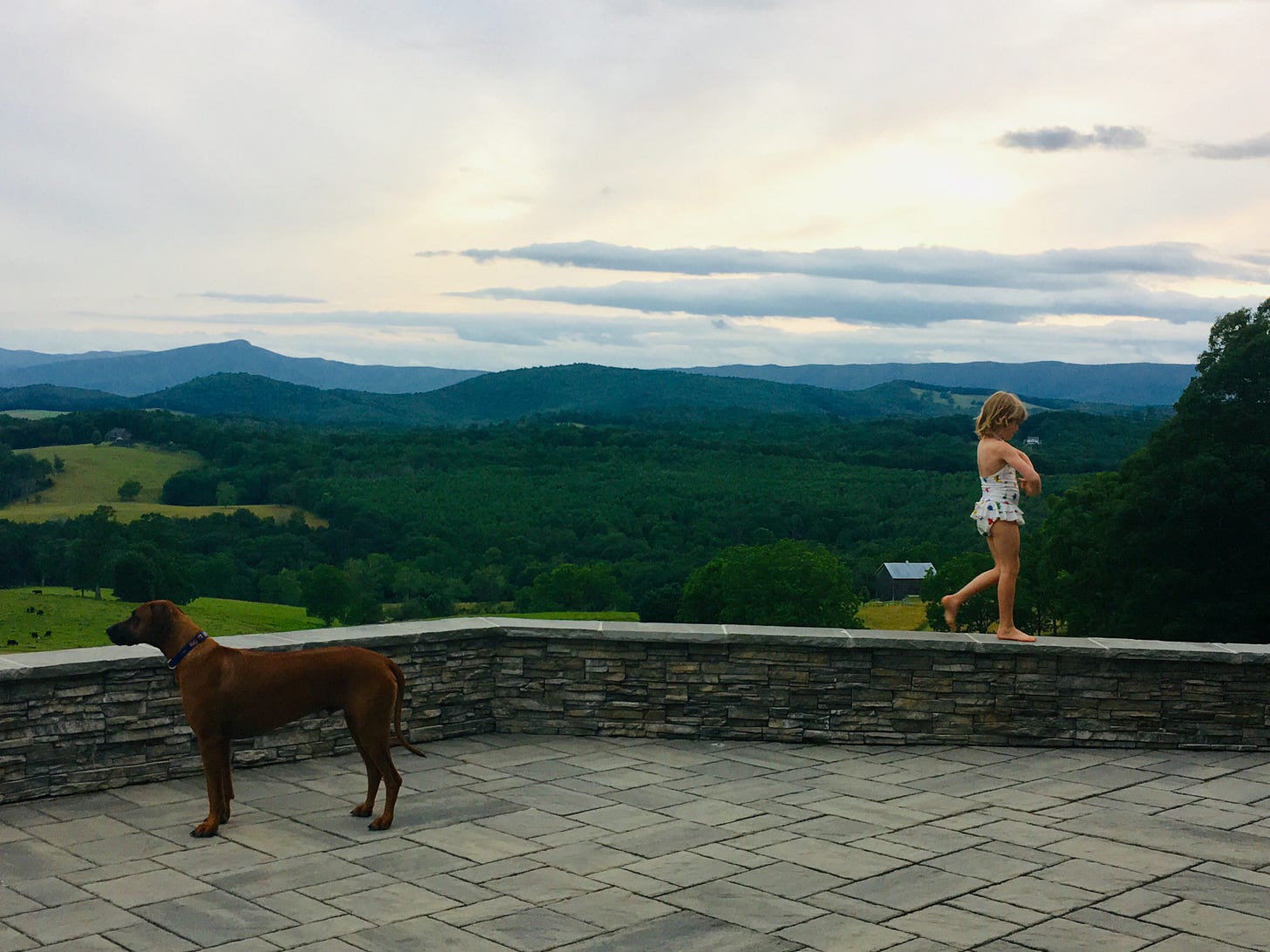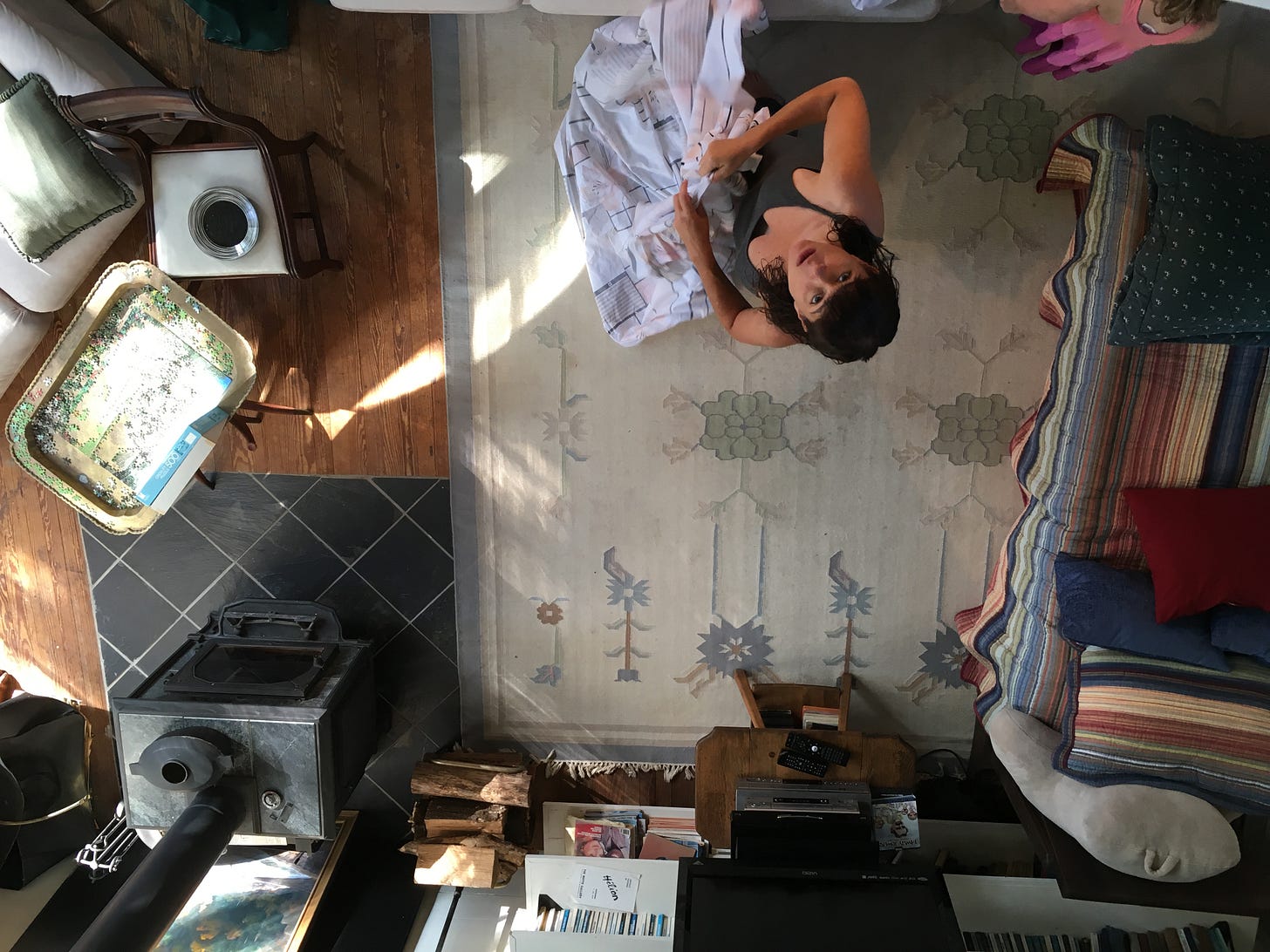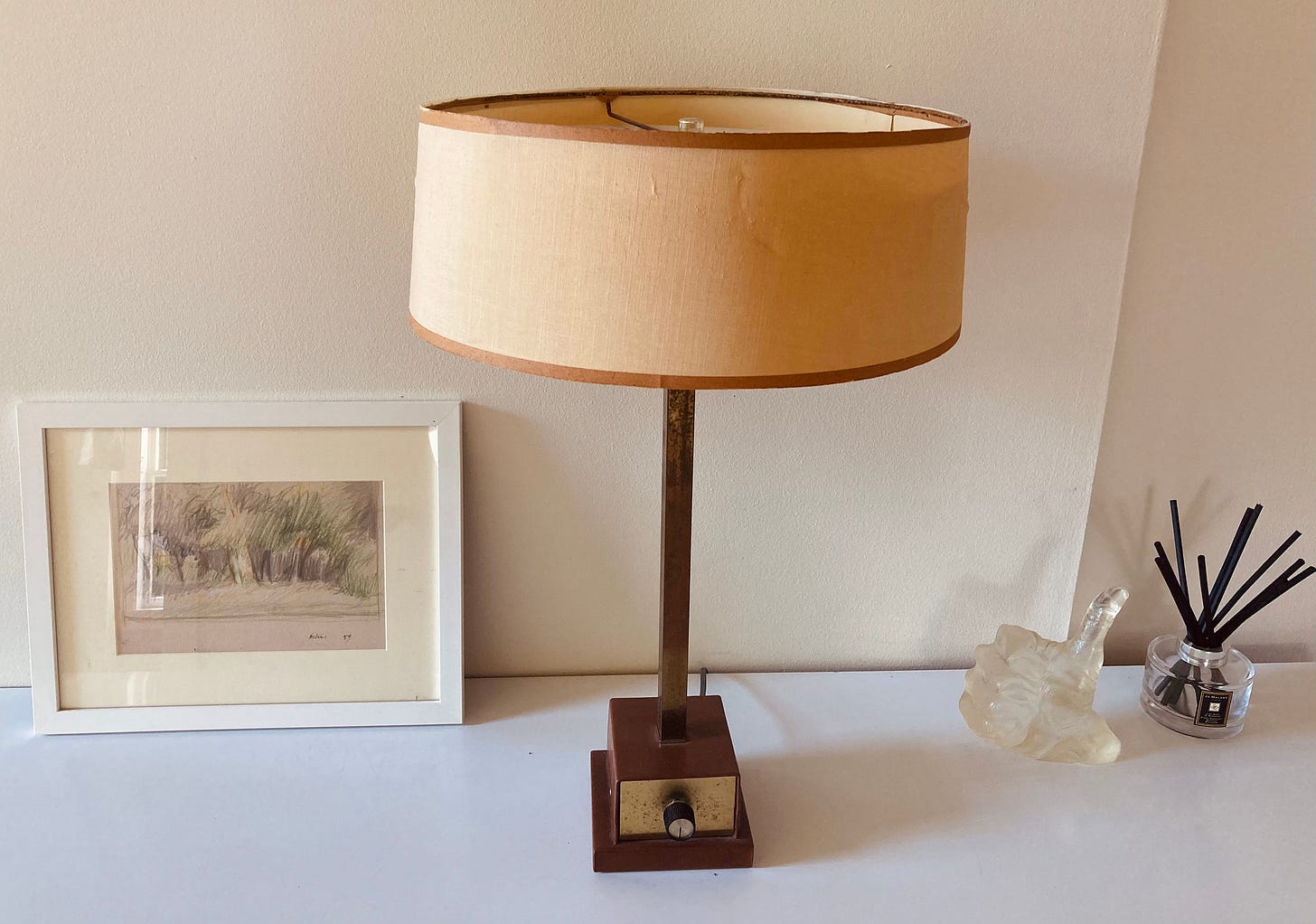Leaving room for the unexpected when it comes to publishing success
When you have a book out, what you can not hope for might be just what you need
This is my first time using the new VoiceOver tool to record myself reading this essay for you. You can listen to this recording as you set about your business, as if it were a podcast. I very much enjoyed recording this and think I will continue to use VoiceOver in the future! Thank you for listening and for reading—however it is you are showing up for me and my Substack.
One of the reasons I wrote my publishing guidebook “Before and After the Book Deal” is because I had no idea what my publisher expected of me when my first book, the novel “I Am Having So Much Fun Here Without You” was coming out, nor did I grasp what I could reasonably hope for in terms of “success.”
I hoped my first book would sell, but how many copies did “selling” even mean? A thousand? Ten thousand? A hundred thousand? How could I possibly judge that? I wasn’t given my initial print run numbers, nor did I know that I could ask for them. I was in the happy dark (my first book was coming out!!) but I was in the dark, regardless.
When I debuted with my first book in 2014, I had no gauge for what “success” meant. Most first-time authors don’t. They go into the book publishing experience having worked incredibly hard on their writing, but most people will enter pre-publication feeling uninformed regarding what is happening with their book and why. So much so that sometimes “pub day” feels sad and awkward, even though launching your first book is a momentous occasion and a major milestone. But when your lifelong dream is to publish a book, and publication finally happens, it can be hard—really hard, and hard in an odd way that is difficult to talk about—to know what to strive for, next.
That’s why I like to counsel authors to leave room for the unexpected when it comes to publishing “success.” Absolutely, hold on to your dreams of making a bestseller list, having your book optioned for the silver screen, translated in multiple countries, picked by a celebrity book club, Instagrammed by one of the Biebers on a yacht—wish for those things, but also leave room for the magical and astounding: a form of success that you never could have imagined, that will reinforce why you are doing this whole writing thing in the first place.
Today, I want to share one of those personal successes with you, a time where I didn’t know exactly what to hope for beyond the pie-in-the-sky things I hope for with each book. This is a story about my third novel, and something truly wild that happened that I never could have expected—an intimate and quiet form of success that exceeded my private dreams.
Let me set the stage a little. It’s mid-July in 2019. The pandemic is around the bend, but I don’t know that yet. My third book—and first historical novel—is just out with the independent press Tin House, a publisher I’d pivoted to after successfully putting out two novels with Big Five imprints. For my third book, I wanted to do something weird and artsy, something a little experimental with illustrations in it, and I knew that my Big Five editor wasn’t going to be able to convince her colleagues that such a book could fit with their commercial catalogue. So I pivoted to an indie who helped me bring the tale of a young and lonely heiress whose mother is helping surrealist artists escape WWII Europe, to life.
COSTALEGRE is based on the real-life relationship between the art collector Peggy Guggenheim and her erstwhile daughter, Pegeen. In the true version of the story, Peggy harbored the surrealists she helped to flee Europe in her home in New York City. In my novel, this motley crew is dispatched to a crumbling hacienda that Leonora Calaway owns in western Mexico, in a region called Costalegre that means “The Coast of Happiness.” (“Leonora Calaway” is the name I gave to Peggy Guggenheim—I named her daughter “Lara.” I had it on good intel from someone who made a movie about the family that the Guggenheims sent lawyers after those who used the family’s name in vain.)

“Costalegre” is written as a diary— the only item aside from painting supplies that Lara has with her in rural Mexico for the duration of their exile. In her diary, Lara tracks the movements and mishaps of the mostly male artists flitting about the property, advancing toward her with strange animals and dark figures in the night. That’s why there are illustrations in the novel1—the real Pegeen Guggenheim was an artist, and my Lara is as well. She’s bored, she’s 15, she’s hiding from the skeevy dudes her mom has saved the lives of. In her ample free time, she draws pictures in her diary and makes list of who she does and doesn’t like.
As my pub date of July 16th approached, I truly had no idea what to expect with this new book. For the first time in my career, I’d had a rocky relationship with the publicist my publisher provided—though she was talented and sensible, we didn’t really jive, and there wasn’t much lined up for the book in terms of press. But during the book’s first week of publication? All of this stuff landed. A rave in the New York Times by none other than Mona Simpson; inclusion of the novel in the GOOP book club; a bunch of “Best Book of the Summer” nods, and later, Glamour picked it as one of the best novels of the decade.
All exciting stuff, right? Truly. Definitely. And yet, nothing could top the phone call I got two weeks after publication from my editor, Masie. “Courtney,” she said. “I have an inquiry here from Pegeen Guggenheim’s stepson. He wants to get in touch.”
My first point of contact with Louis Blair—who was not only the actual stepson of the actual Pegeen Guggenheim, but also the son of the famous French artist Jean Hélion—was via email. Louis told me that he had read my novel, and that it had deeply moved him because he had previously stored nothing but abhorrence for the woman—Pegeen Guggenheim—who had destroyed his parents’ marriage and uprooted his life when he was young. (Jean Hélion had had an affair in Europe with Pegeen that eventually saw him abandoning Louis and his mother back in Virginia, the stress of which led to Louis’ mother’s early death, changing the trajectory of young Louis’ life.)
Louis wanted to discuss my novel with me, but he had throat cancer. It was extremely challenging for him to talk. Would I consider going down to Virginia to visit him to talk about the book and his relationship to it? I could stay in his father’s art studio, which had been preserved. There were lots of sketches and paintings of Pegeen. We could have a nice visit; his wife could help him to communicate, and he would cook us lovely meals.
It just so happened that my editor knew someone who knew Louis, and vouched not just for his existence but his character, as well. So reader, did I go?
Of course I did! I headed down to Rockbridge Baths, Virginia for three days, a mysterious and haunting part of the state that has been beautifully captured by the photographer Sally Mann, who lives in the same region.
Louis, who was an elderly man—but an incredibly energetic and sprightly one— started our visit by putting me on a horse that had broken three of his ribs a few months prior, insisting that we ride into the mountains. He really meant “ride into the mountains.” We crossed an entire herd of cattle, then charged up a rocky cliff toward the mountain’s summit for a view Louis wanted me to see. Alas, we didn’t get there. My horse was hell-bent on breaking my ribs as well, planting its feet in front of trees while trying to catapult me into them. I remember looking forward to the great meal that Louis had promised to mitigate my embarrassment over asking a man two times my age if we could cut the death ride short. Louis proved to be an exquisite cook, and an exquisitely generous one, given that he could not actually eat any of the solid food that he prepared for me and for his wife.
Over the three days that I spent in Virginia, I did stay in Hélion’s studio, I did see pencil sketchings and paintings of Pegeen, but mostly what I witnessed was the way in which literature works at its own pace to find its readers, and how much value there is in this slow, organic rhythm that no publicist can force.

Louis told me he’d spent his entire life hating Pegeen Guggenheim, absolutely hating her. He saw her as a careless harlot who had broken up his family and destroyed his mother’s health. He’d never considered pitying her, or trying to understand her side in anything, but when he read my book, he said he realized that Pegeen was someone who’d had a terrible mother and a virtual absence of a father; that she’d been subjected to all matters of indecency and lewd behavior and possibly sexual abuse; that her own stepfather painted her, naked, into a great deal of his paintings. (That stepfather is the German artist Max Ernst, and he’s in my book, as well.)
“This is is the first time that I feel for her,” Louis said to me on his back porch, through the vocal box that he used to communicate when his wife wasn’t there. “This is the first time I can access empathy for her.”
This man, he was grateful for this weird book that I had written quickly and compulsively, caught up in a fevered obsession with a woman who had ended her life at the same age I was when I was writing a book about her. “Costalegre” brought Louis some peace in what would turn out to be the penultimate year of his life. I visited Louis in Virginia a second time with my husband and my daughter, and it was shortly after that second visit that Louis passed away during Covid, but not from the virus itself—he’d been intrepidly canoeing on the water, and some of the lake water got into his breathing device, causing a viral infection that he couldn’t fight.
On the last night of my first visit, Louis gifted me with a framed drawing that his father had done of the woods in which Louis and I had gone riding together. This felt like an incredible act of trust, but when I expressed doubt that I deserved the drawing, Louis and his wife explained that I’d shown a great deal of trust in them, coming to a strange part of Virginia to visit people whom I didn’t know.
I keep that drawing in a place of pride and I contemplate it daily. The way I felt when I got the New York Times review, the brief surge of pleasure when someone with a lot of followers did an Instagram story of my book, the question of whether anyone is still out there reading and enjoying the art book I published five years ago; there is nothing about these small celebrations and lingering doubts that can match the solidity and import of this gift, this drawing given to me by someone related to the main character in my novel. This is a level of meaning and consequence that you can’t plan, can’t manufacture, that you can’t even hope for, and I’ll never forget Louis and my beautiful visits to his farm—his kitchen, his beloved Virginia, the graciousness of his wife—as long as I live.
While I can’t tell you to leave room for exactly this kind of thing happening, I can encourage you to leave room for magic in the world of publication, to have faith that no matter how long it takes or what level it happens at, that your work will reach a reader and change them in some way, that your writing will have value and significance far beyond what you could have ever hoped for, and that that meaning will bring value to you, as well.
I hope this story inspires you because, quite honestly, it continues to inspire me as I write, dream, and revise. Rest in peace, Louis. I consider myself incredibly lucky to have known you as a friend.
Before and After the Book Deal is a reader-supported publication. It is thanks to the commitment and confidence of my paid subscribers that I’m able to get thoughtful posts out to you nearly every week. If you enjoy what you read here, or what you have been reading, please consider joining as a paid subscriber to support the work I do to make publishing less opaque.
The illustrations in COSTALEGRE were made courtesy of the artist Dasha Ziborova, whom I met when she attended the arts retreat, The Cabins, that I launched in 2016. She ended up becoming a board member of that nonprofit and a cherished friend.






This story (and the whole premise of leaving room for the unexpected in the publishing process) gave me chills. My memoir isn't coming out until Sept of 2025 but I've already experienced magic behind the scenes through the BETA reading process. I said to myself, and really believed, that if I never got my book published, I could always hold onto that unique and emotional experience. I'm going to really try to hold onto this mentality as I move forward...Thank you.
Love this story, and also the reframing of success as something qualitative and uncountable and related to human connection vs. boiling success down to numbers that are used in comparison against other numbers.